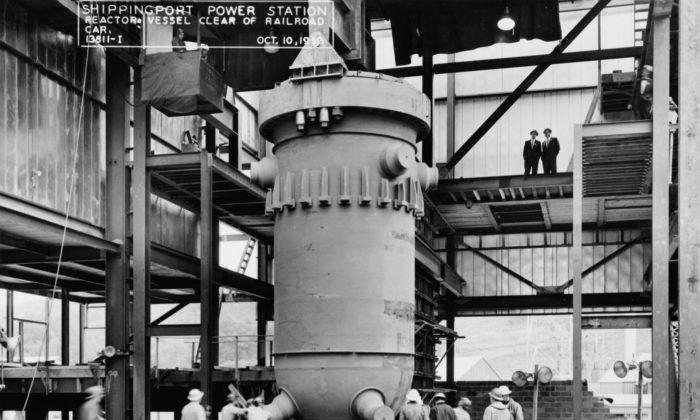Four internationally recognized climate scientists issued this plea to fellow environmentalists in November 2013, arguing that nuclear energy needs to be a part of the global climate change solution. We need to reduce carbon dioxide (CO2) emissions from fossil fuels. Nuclear power is the best option today; it can deliver electric power in a sufficiently safe, economical, continuous, and secure manner synergistic with supply from other carbon-free sources such as solar and wind. And the technology has been evolving since its birth during World War II.

Scale model of Fermi's CP-1 reactor, actually built in the University of Chicago rackets court. (ENERGY.GOV (HD.5A.032)/Wikimedia Commons)
